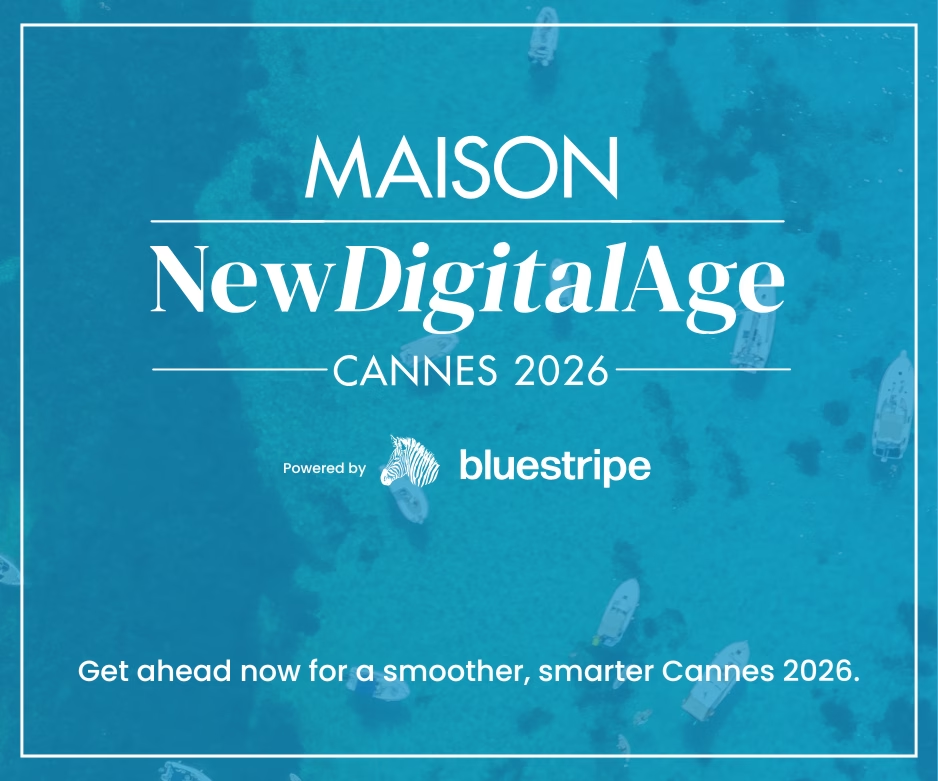The NDA Predictions Hub, in association with Xandr, is dedicated to insight and inspiration from some of our industry’s leading figures to help you make sense of how digital marketing and media will develop in 2022.
The predictions of our experts though may leave readers wondering exactly how they can shape their own marketing strategies to fit the trends identified. So as part our Predictions Hub, Xandr’s own experts will be stepping in to help with the answers.
Once upon a time, TV advertising was for top-of-funnel brand campaigns and online ads were seen primarily as performance marketing tools, given their inherent ‘measurability’. However, in the age of Connected TV and smartphones, things have become less clear: for example, huge numbers of people are now consuming short-form user generated content (e.g. YouTube videos) via their web-enabled TVs, while others are watching professionally-made long-form film and TV content on their smartphone or laptop screens. The introduction of ‘shoppable ads’ across formats including social media and CTV have also seen the distinctions between brand and performance campaigns continue to blur and converge.
At Xandr, when we discuss ‘convergence’ we are referring specifically to the ability (or desired ability) for advertisers to plan, buy, execute, or measure campaigns that include more than one type of TV or video inventory.
Data and automation offer benefits in all phases of media buying but team organisation and technology have the potential to slow the adoption of a convergence strategy. People and technology must evolve together, especially as digital video evolves. In a recent Xandr survey, advertisers pointed to internal roadblocks to convergence from, “a lack of understanding” among internal and external clients to “breaking through existing organisational silos,” and “stakeholders caught up in category thinking.”
The internal silos within the traditional brand marketing team need to be broken down and a new collaborative structure should be created. TV and digital buying processes and teams must adapt to realise the full value of convergence.
Those who lean into the benefits of programmatic OTT, data-driven linear, and the converging of media types will be at an advantage over other buyers slower to adopt and adapt. However, it’s necessary to tap the right partners and relationships to drive success—those with technology and experience in both TV and digital with a focus on the future of premium video advertising.
Recognising the ongoing complexity of the contemporary adtech marketplace, Xandr has a multi-faceted approach to identity solutions, to facilitate high-value transactions for buyers and sellers following the deprecation of third-party cookies and device IDs.
We are laying the groundwork for agnostic interoperability for identifiers, so our clients can work flexibly with first-party data. This includes authenticated user data, and industry identity solutions, alongside technology that enables ad serving without personal data, such as modelled and contextual solutions, plus support for browser and app provided frameworks.










